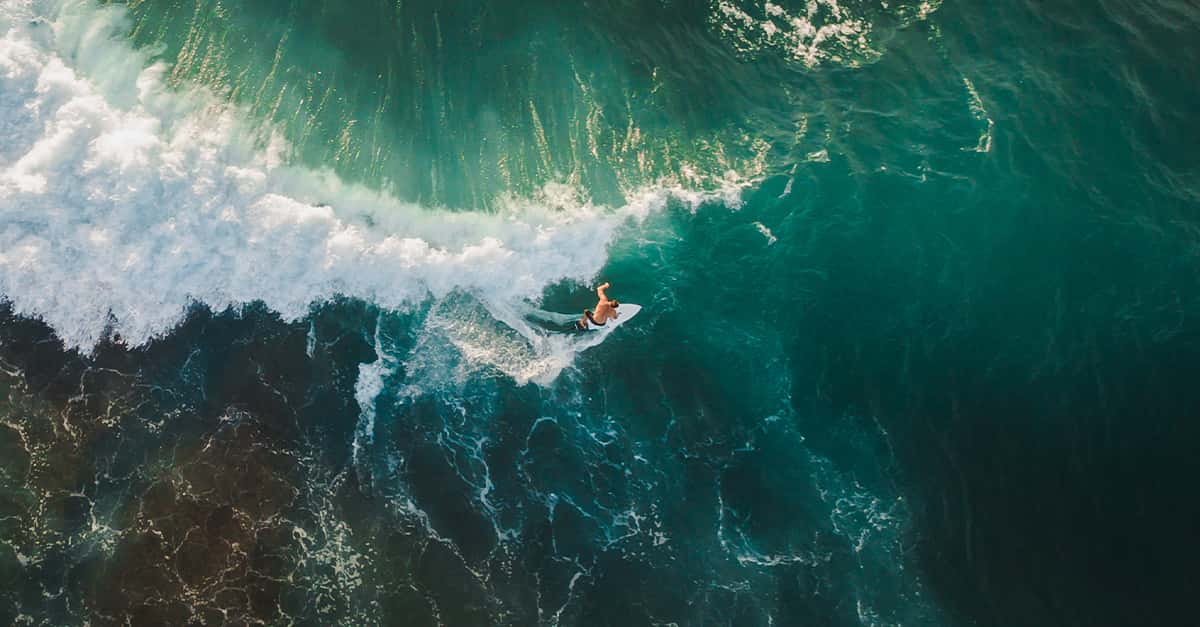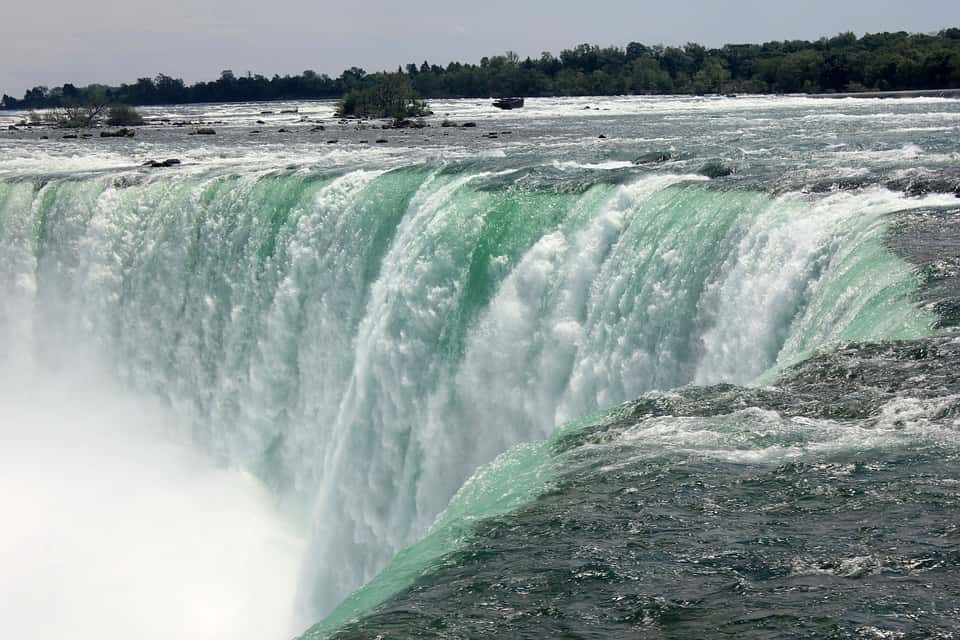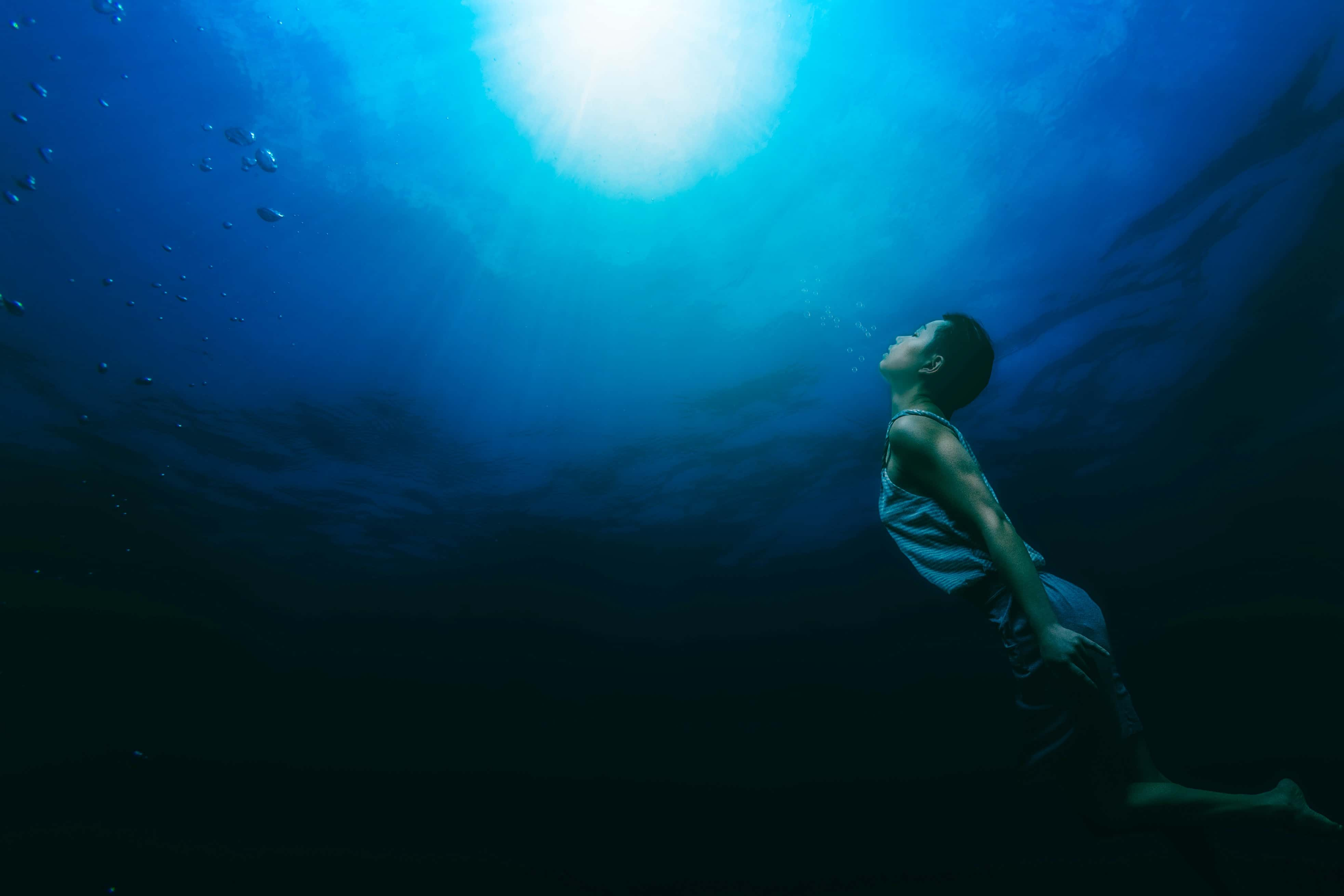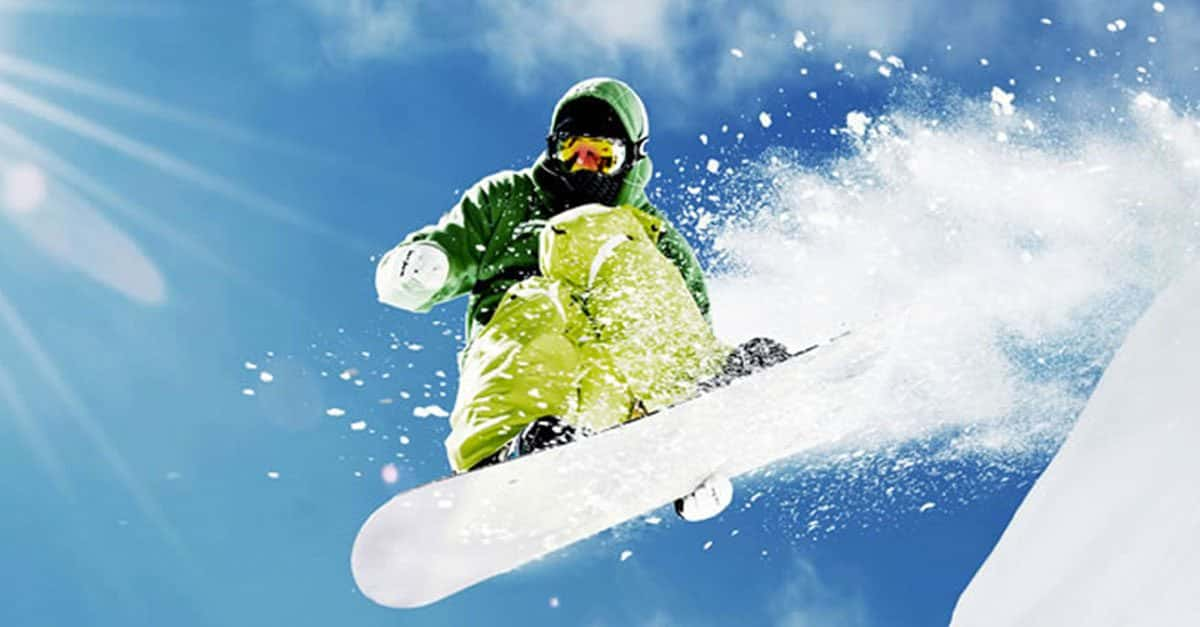Though surfing has been practiced by the Hawaiians for centuries, it was only in the 20th century that surfers began to attempt to conquer truly massive waves. Thanks to modern technology and new materials like fiberglass and balsa wood, innovator George Downing was able to create the first true “big wave” surfboard in the 1950s.
With these “big guns,” pioneers like Downing, Buzzy Trent, and Wally Froiseth were able to venture out among the waves at Makaha, on Oahu, that would have been impossible to ride before. And it was a photo of those three men riding an utterly massive wave, appearing on the front page of a Californian newspaper, that sent an exodus of young California surfers to the Islands to test themselves against those behemoths.
Live To Surf
Young men like Greg Noll, Pat Curren, Micky Munoz, Mike Stang, Peter Cole, and many others, all now legends of the sport, hopped on planes with nothing but their boards a few pairs of swim trunks. They were determined to ride big waves…and do nothing else.
This wild generation of surfers lived a bohemian lifestyle that’s completely unheard of today. None of them had jobs or money. They slept in cars, shacks, or even outside on the beach. They caught fish, stole from local farms; anything to get by. And every single day, they went out on the water and surfed big waves for every second possible.
These early big wave surfers lived for nothing else other than catching the best waves possible—and the greatest of them, always clad in his iconic black-and-white jailhouse trunks, was Greg Noll, the man who caught the most legendary wave in history.
The Bull
Noll was just 16 years old when he made the trek to Makaha, but he was already starting to grow into the thick, powerful frame that got him known as “The Bull.” Noll and the others surfed Makaha for years, but he truly made a name for himself once they made the trek to the uncharted waters of Oahu’s North Shore, finding the even bigger waves that lay there.
But even when those Californians started surfing on the North Shore, the biggest prize still lay unridden: The leviathans that broke in Waimea Bay. Sure, these guys surfed big waves, but everyone knew that the monsters of Waimea were too big to be ridden. They were deadly—a fact sadly confirmed when a young surfer named Dickie Cross drowned there.
But in 1957, after years of watching the waves smash through Waimea Bay, Greg Noll finally decided to paddle out and see if they were rideable—becoming a legend in the process. Noll rode Waimea, and changed big wave surfing forever. The taboo had finally been broken, and Waimea became one of big wave surfing’s holiest sites. But while many daring surfers have challenged Waimea since then, the wave that breaks there will always be, in Noll’s words, his “gal.”

Life Goes On
Eventually, the Californians’ Eden had to end. Believe it or not, you can’t spend your entire life with no job, surfing all day, every day. Many of those early surfers stayed on the island. Some returned to California and got day jobs. But Noll was the face of the generation, and he also happened to be a shrewd businessman.
He leveraged his fame to start a successful surfboard company in the 1960s and became something of a surfing ambassador. He still surfed massive waves when he could, but the halcyon days of the 1950s were over. By 1969, they must have seemed a distant memory. Then, on December 4, at 32 years old, Noll got the chance to prove he was one of the greatest surfers to ever paddle out. His wave came in.

The Swell of the Century
While Noll was visiting Oahu in December of 69, the “Swell of the Century” hit: a legendary event that saw some of the biggest and most powerful waves in history. On the fourth, Noll was awoken at two in the morning by the distant rumble of tanks (there was an army base nearby and tanks weren’t an unusual occurrence).
But, of course, these were not tanks rumbling through the Hawaiian countryside at 2 AM. The Swell of the Century was hitting Oahu with full force.
For most, the sound of those crashing waves would be a signal to head to the hills—but the butterflies in Noll’s stomach were not pushing him away from the ocean. They were pushing him towards it.
Too Big
After a restless sleep, Noll got up at sunrise with adrenaline already pumping through his veins. He had always dreamed of riding the biggest wave ever ridden, and he could hear his chance pounding the shore in the distance.
His first thought, as always, was to head to Waimea Bay, but as soon as he arrived, he realized that catching a ride with his gal would be impossible that day. Across the entire North Shore, the waves were just too big. As Noll put it, “Solid whitewater as far as you could see.”
Noll started to worry that this day would not be his. Usually, when the waves get as big as what he was seeing, it means that they’re too big across the whole island. It started to look like the Swell of the Century was too powerful, and nothing was going to be rideable.
 https://pixabay.com/en/wave-water-sea-tsunami-giant-wave-11061/
https://pixabay.com/en/wave-water-sea-tsunami-giant-wave-11061/
One Last Chance
But before giving up completely, Noll remembered something that pioneers George Downing and Buzzy Trent had told him: That sometimes, when the North Shore is too big to surf, the waves at Makaha were still rideable. And even rarer still, Makaha “does this wonderful, magical thing…”
When everything is just perfect, the waves at Makaha were said to be even bigger than the ones on the North Shore—yet they could still be ridden. Noll had spent 15 years surfing Hawaii, but he’d never been there to see it happen.
Magic
Noll got back in his car and headed to Makaha—where his big wave surfing career started a decade and a half earlier—and when he arrived, what he saw was magic: “On this day, the water was nearly as smooth as glass, beautiful, and the waves were so big that they literally put the fear of God in me.”
Fear or no, Noll was not about to let this opportunity pass. Remarkably, when he paddled out, he was greeted by other surfers who had seen the perfect giants and decided to see if they had the guts. Normally, a group of big wave surfers sitting out in the lineup like that would be laughing and joking, but on that day, everyone was serious. Even when out of harm's way, the waves were crashing so hard that they made the water droplets on the surfers' boards tremble.
Noll and those other surfers sat out there on their boards for 45 minutes with no one gaining the nerve to paddle in. They had all ridden countless big waves before, and they all knew the risks of ending up on the wrong spot in one of those goliaths in the distance.
Noll: “It would be like going off Niagara Falls without the barrel.”
One and Only Chance
After a while, Noll paddled off by himself, laid down on his board, and thought long and hard about the waves in front of him. He knew that his chances of surviving a wipeout were probably around 50-50—maybe a little better because of his experience, but not great.
But this was Greg Noll, the Bull, the greatest big wave surfer the world had ever seen. The first person ever to ride deadly Waimea. He was not the kind of man to let this opportunity pass him by.

He looked at the situation logically and knew that waves like this do not come around often. He was 32 at the time, and the next time they arrived, he would certainly be long past his prime and unable to ride them. This was his one chance.
Finally, he made his decision: He’d never forgive himself if he let the magical day pass without even attempting a wave.
Over the Falls
Noll paddled into the line of fire and saw a wave coming in behind him. It looked utterly huge, and his gut told him to let it go by. Then, as he paddled over that first break, he saw it. His wave—and it was even bigger.
He turned and started paddling. The wave started to rear up, going faster and faster, and suddenly, he was on his feet. In Noll’s estimation, “You could have stacked two eighteen-wheel semis on top of each other against the face of that wave and still have had room left over to ride it.”
He started going faster and faster down the face, the roar of his board on the water getting louder and louder. Then, just as he was nearing the bottom, it became too much. His board flew out from under his feet and he hit the water so fast it felt like concrete. Then, the whitewater took him.
Off Niagara Falls without the barrel.

History's most fascinating stories and darkest secrets, delivered to your inbox daily.
Alive
Somehow, after being thrashed about underwater for what must have felt like an eternity, the wave passed overhead, and Noll managed to make it to the surface. Maybe the ocean decided to show some leniency out of respect for what Noll had just attempted: but he wasn’t out of danger just yet.
Waves do not come one at a time, and almost as soon as Noll surfaced, another one came crashing through. He had to dive twenty feet down to the relative safety of the deep and let each subsequent wave pass overhead.
The Beach
Even as he managed to avoid the monsters that kept bearing down on Makaha, Noll was still hundreds of feet from shore, and the current was pushing him away to the haven of the beach and towards treacherous rocks. He’d caught the biggest wave ever surfed, survived the wipeout, and now he was facing the very real possibility of dying on the rocky shore.
Noll frantically swam for the beach and finally made it just before the rocks began. He flopped on the shore and was greeted by Richard “Buffalo” Keaulana, a legendary Hawaiin surfer and lifeguard. “Buff” immediately pushed a cold beer into Noll’s hand, and said, “Good ting you wen make’em, Brudda. ‘Cause no way I was comin’ in afta you. I was jus goin’ wave goodbye and say, 'Alooo-ha.'"
The Greatest
On December 4, 1969, when Greg Noll rode one of the greatest waves in history, there wasn’t a single camera on hand to record it. There’s no way to tell exactly how big that wave was—and with modern tow-in techniques, it’s very likely that surfers have since ridden even bigger ones.
His wave at Makaha will forever be big wave surfing’s big fish story. Just how big was it? Aside from the people who were there that day, no one will ever know. But that doesn’t matter either. It was as big as you imagine it being—and there’s no one else who could have ridden it other than Greg Noll.





















